IPPCAAS and Partners Identify a Rice Sheath Blight Resistance Gene SBRR1 with Significant Breeding Value
Recently, the Institute of Plant Protection of the Chinese Academy of Agricultural Sciences (IPPCAAS), Yangzhou University, Hebei Normal University, China Agricultural University and other institutions jointly discovered a rice sheath blight resistance gene with significant breeding value, named SBRR1. The related results were published as a research article in the latest issue of Nature Genetics.
Sheath blight, caused by the necrotrophic fungus Rhizoctonia solani, is one of the most destructive rice diseases worldwide, leading to 10–30% yield loss. In China, the disease occurs on an annual area of 16 million hectares, causing nearly one million tons of yield reduction. Most rice varieties currently grown are susceptible to sheath blight. Since resistance is controlled by multiple genes and efficient phenotyping methods have long been lacking, very few sheath blight resistance genes with breeding value have been cloned, hindering resistance breeding in rice. Therefore, mining resistance genes and cultivating resistant varieties are of great importance.
Since 2015, the Plant Disease Resistance Functional Gene Innovation Team of IPPCAAS has collected and assembled rice varieties from different regions at home and abroad. More than 200 varieties were subjected to reduced-representation genome sequencing and marker mapping, while Yangzhou University led precise resistance phenotyping. Through GWAS combined with multi-omics and functional validation, the team identified a gene encoding a G-type lectin receptor-like kinase, named SBRR1 (Sheath Blight Resistance RLK 1). Its expression is strongly induced by pathogen infection. The resistant allele SBRR1-R contains an additional 256 bp insertion in its promoter compared to the susceptible allele SBRR1-S, and shows much stronger induction by the pathogen. Genetic complementation confirmed that this promoter variation is key to functional differences between alleles. The kinase activity of SBRR1was also shown to be essential: infection induced phosphorylation at TT682/683, and genetic experiments demonstrated this phosphorylation is required for SBRR1-mediated resistance.
Evolutionary analysis indicated that SBRR1-R originated from the wild rice ancestor of indica and was retained mainly in indica cultivars in regions favorable to sheath blight occurrence, but is largely absent in japonica cultivars grown in higher-latitude areas less suitable for sheath blight. Using marker-assisted selection, SBRR1-R was introgressed into the high-yield but susceptible japonica variety “Taijing 394 (T394).” Field trials under severe disease pressure showed that the introgression line T394-SBRR1R had 9.54% less yield loss than wild-type controls, demonstrating the breeding value of SBRR1-R (Figure 1). Mechanistic studies revealed that the upstream transcription factor bHLH57 and downstream chitinase gene activation are key to SBRR1-mediated resistance (Figure 2).
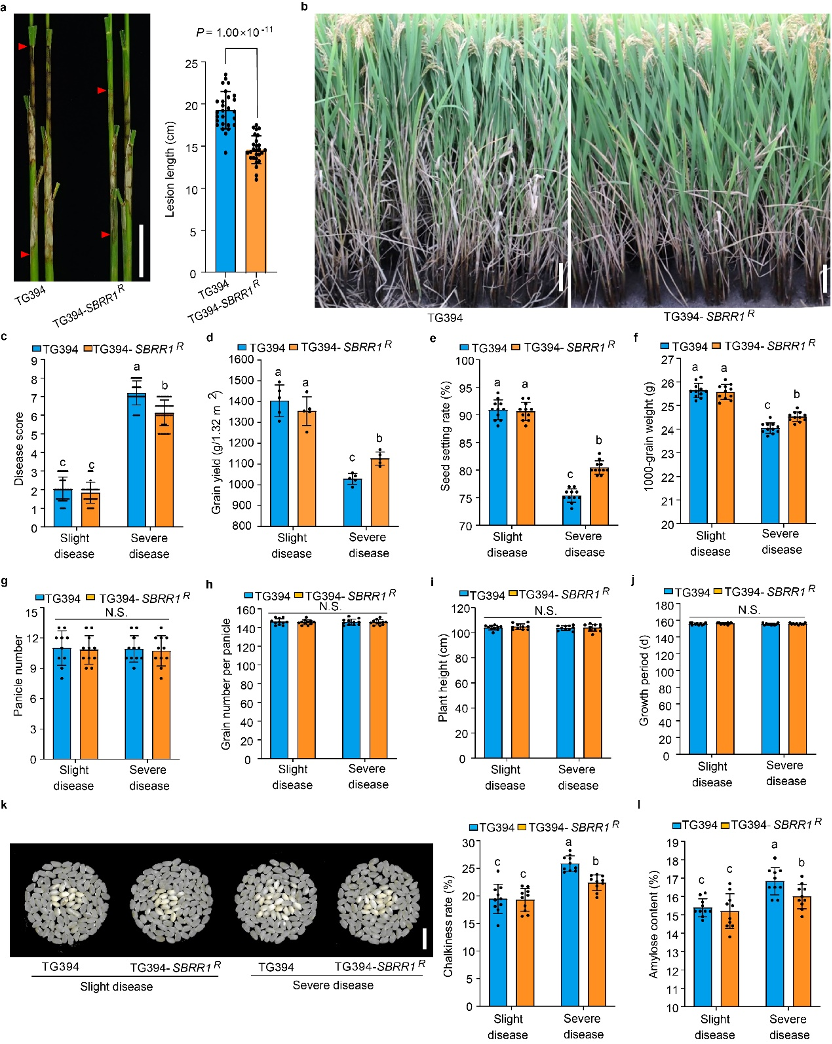
Figure 1. The resistant allele SBRR1-R significantly reduces yield loss caused by sheath blight in rice
-
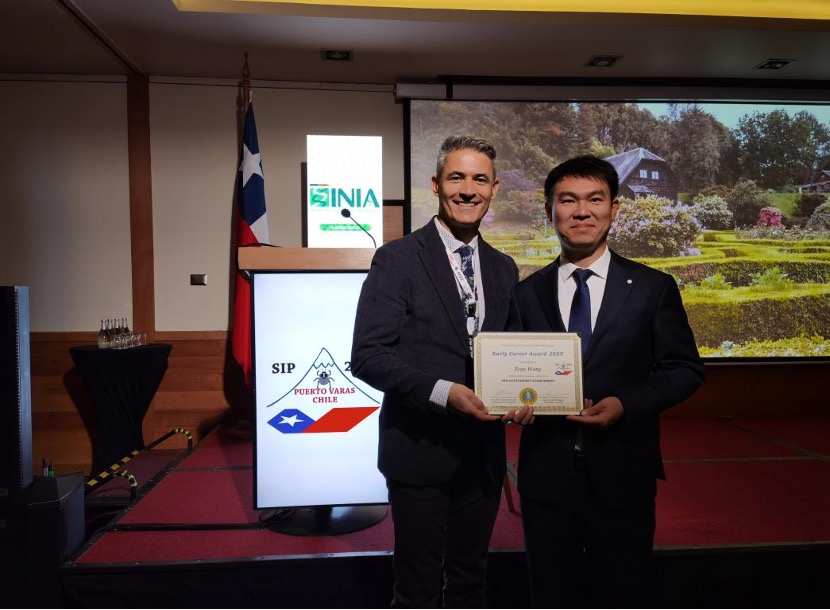 IPPCAAS Expert Wins the Society for Invertebrate Pathology Early Career Award
IPPCAAS Expert Wins the Society for Invertebrate Pathology Early Career Award -
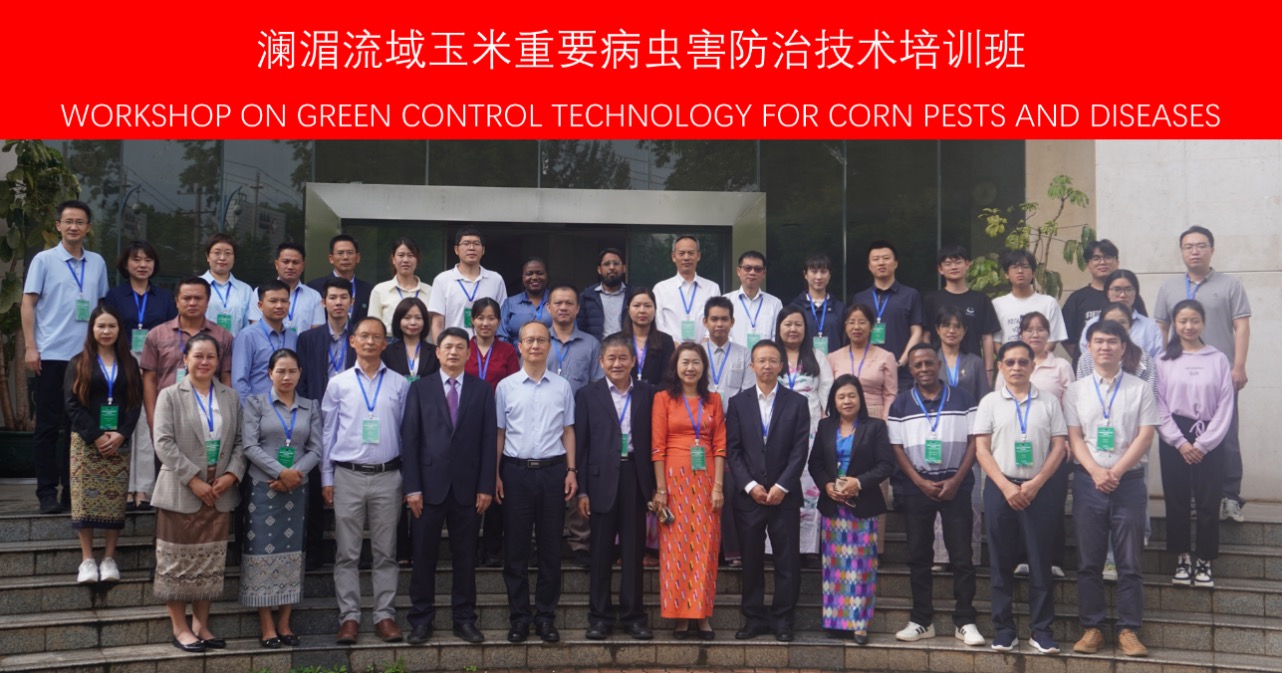 Workshop on Green Control Technology for Corn Pests and Diseases in the Lancang-Mekong Region successfully held in Kunming
Workshop on Green Control Technology for Corn Pests and Diseases in the Lancang-Mekong Region successfully held in Kunming -
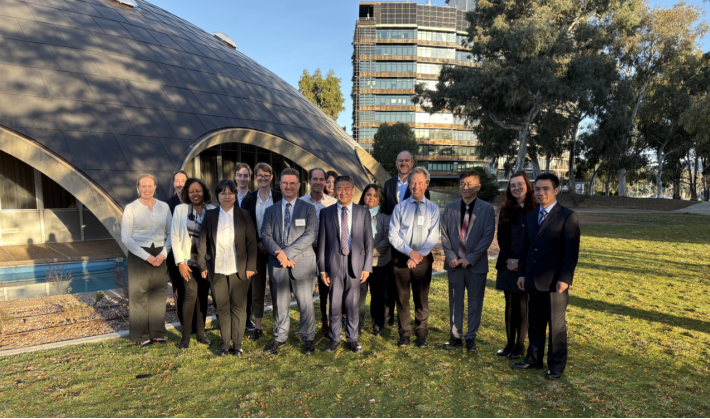 IPPCAAS Experts Visit Australia to Promote In-Depth China–Australia Cooperation in Plant Biosafety
IPPCAAS Experts Visit Australia to Promote In-Depth China–Australia Cooperation in Plant Biosafety -
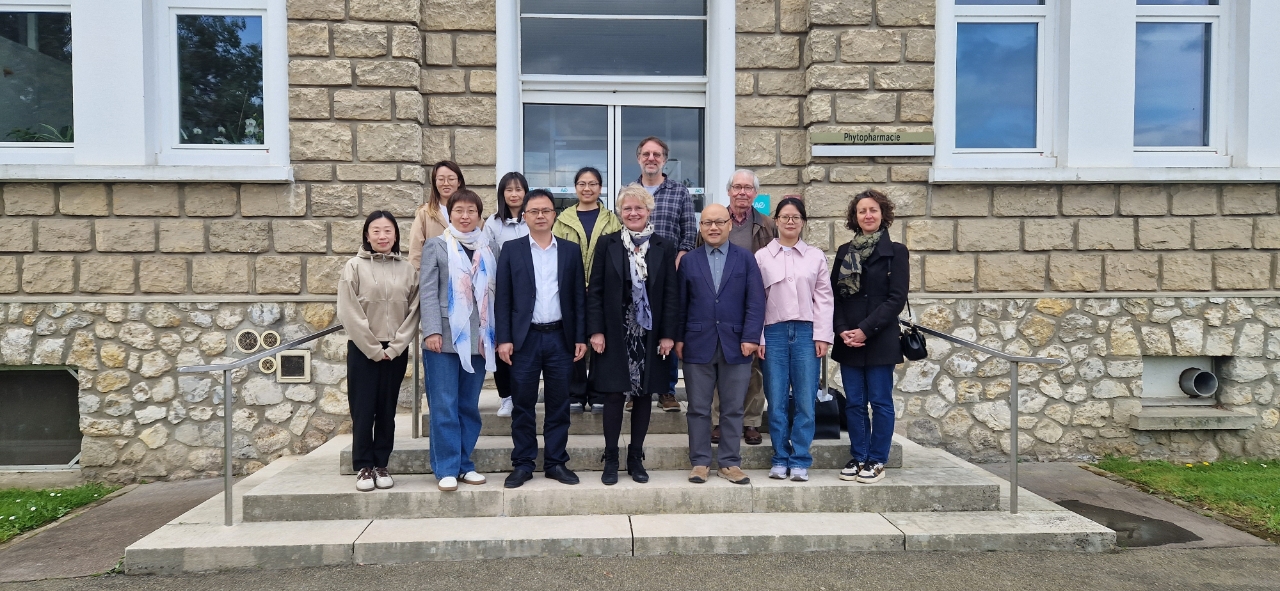 China-France cooperation in plant protection was further strengthened
China-France cooperation in plant protection was further strengthened
